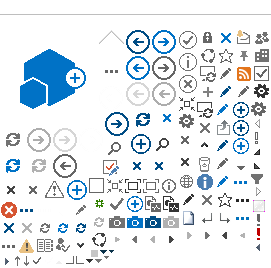Roof repair and replacement cost value totaled nearly $31 billion in 2024, according to a report from Verisk.
Roof repair and replacement cost value totaled nearly $31 billion in 2024, up nearly 30% since 2022, according to Verisk's “U.S. Roofing Realities Trend Report."
The report also found that roof-related line items made up more than a quarter of all residential claims in 2024, with wind and hail the predominant drivers of loss costs, accounting for more than half of all residential claims.
Roofs in moderate to poor condition have 60% higher loss costs than those in good or excellent condition—and 38% of homes in the U.S. have roofs that are in moderate to poor condition, according to the report.
Meanwhile, reconstruction costs for residential and commercial properties have surged over 60% in the past decade, according to a report released by Verisk, and homeowners claims are taking longer to resolve than ever before, according to J.D. Power.
The average claim cycle time—from filing the claim to finished repairs—is now 32.4 days. The average cycle time from first notice of loss to final payment is now 44 days. Both are the longest times ever recorded by the study, which began in 2008.
In recent years, roofs have become one of the most critical structural components for residential property underwriters. Further, outdated inspection practices and trends in roof repair and replacement costs are adversely impacting insurers' results.
Outdated practices, such as in-person home inspections, where insurers inspect a roof from the ground level with limited visibility, can cause inspectors to miss signs of damage, according to Verisk. This can also inhibit insurers from adopting more up-to-date pricing, coverage and risk management strategies.
Asphalt shingles are used on 80% of roofs in the U.S. Approximately, 29% of homes with asphalt shingles have less than four years of remaining useful roof life, according to Verisk. States such as West Virginia, Connecticut, New Jersey and Massachusetts have the highest percentage of roofs with less than four years of remaining roof life.
Crucially, roofs with less than four years of remaining useful roof life can result in 50% more damage during severe weather compared to roofs with eight-plus years of remaining life, according to the report.
In hail-prone states, the average roof lifespan is 15 years, compared to 22 years in Western states, such as Nevada, Arizona and Utah, which experience less severe weather, the report said. Verisk data also found that roofs start to fail within a decade in some regions.
Olivia Overman is IA content editor.
